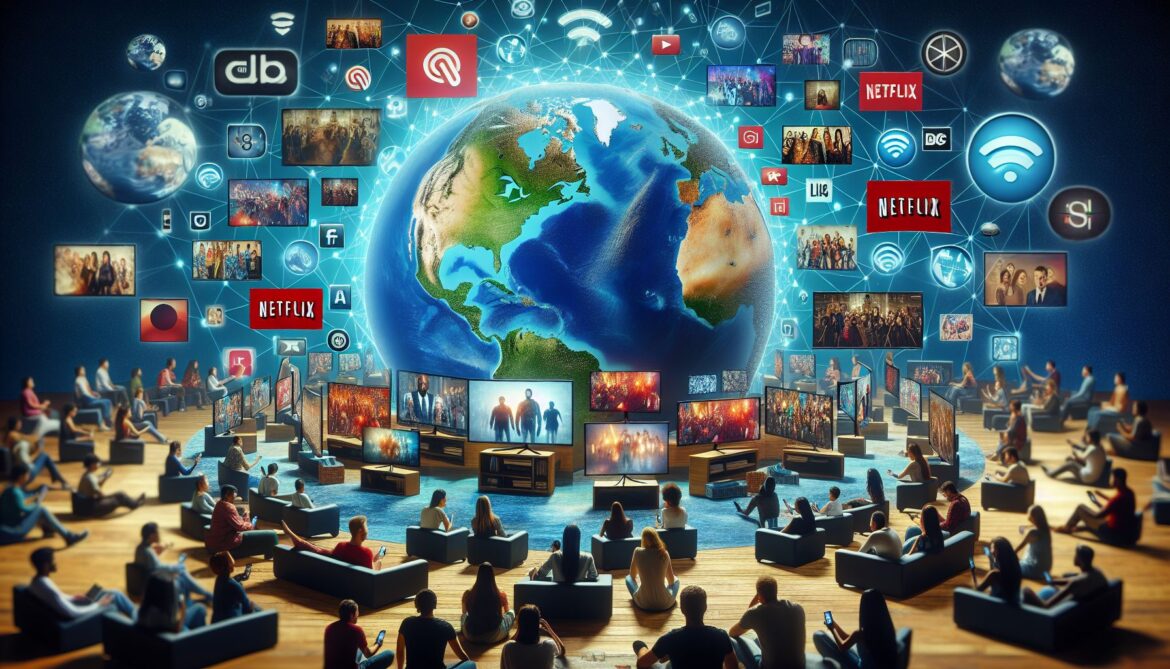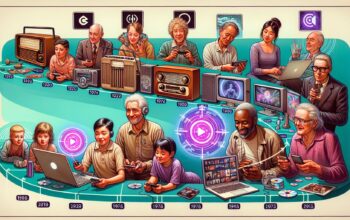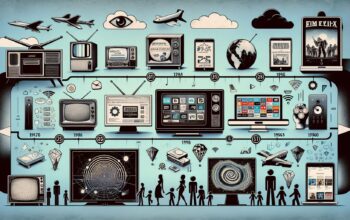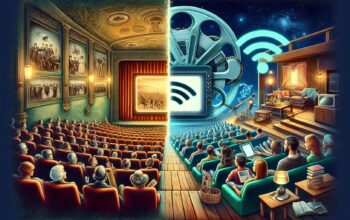
Our entertainment consumption habits have undergone a seismic shift over the past few years. The era of conventional television viewing is slowly becoming a relic of the past with the advent of streaming services. These platforms are revolutionizing the landscape of media consumption, redefining the entire equation of entertainment.
The Rise of Streaming Giants
The upsurge in the popularity of major players such as Netflix, Amazon Prime Video, and Disney+ is just the tip of the iceberg. With their massive libraries of on-demand content, these platforms have set a new norm for viewership patterns. Customizing their content based on user preference, they’ve democratized entertainment consumption.
The growth of these platforms is astronomical and shows no sign of halting. Netflix, for instance, boasts 208 million paid subscriptions worldwide as of 2021, and its numbers continue to rise. On the other hand, Disney+ exceeded industry expectations, securing 116 million subscribers just 21 months since its launch.
Shaking Up Traditional Media
The emergence of streaming services has rattled conventional media formats. The pay-per-view model of cable television feels antiquated when compared with the convenience and user-centric model offered by streaming services. The shift in viewing habits has inadvertently led networks and cable providers to rethink their strategies, even pushing many to develop their own streaming services—NBC’s Peacock and CBS’s Paramount+ being prime examples.
Furthermore, streaming services are reshaping the global film and television production sectors. Originals produced by Netflix, Amazon, and Hulu have surpassed quality standards, even making headway into international award circuits—an area traditionally dominated by Hollywood.
Challenges & Opportunities
Despite this rapid growth, streaming services are not without their hurdles. Issues such as regional licensing restrictions, piracy, and hardware compatibility can be challenging to navigate. But the silver lining to these challenges comes in the form of opportunities. The need for diverse, high-quality content opens doors for indie creators, international productions, and often overlooked genres to find deserving audiences.
The Road Ahead
As for the future, streaming services are poised to continue reshaping global entertainment. Their business models built on data-driven insights have proven highly effective, making personalized viewing a norm rather than an exception. Furthermore, emergent technologies like virtual reality (VR) and augmented reality (AR) can further revolutionize the streaming experience, ushering in a new era of interactive viewing.
In conclusion, streaming services offer a dynamic and evolving landscape. They’ve successfully managed to redefine entertainment’s very fabric, driving traditional television towards obsolescence. As these platforms continue to grow, adapt, and innovate, it’s undeniable that the future of entertainment largely rests in this digital space. This transition process, though challenging, opens a world of exciting possibilities, pushing the boundaries of what’s possible in the realm of digital entertainment.



